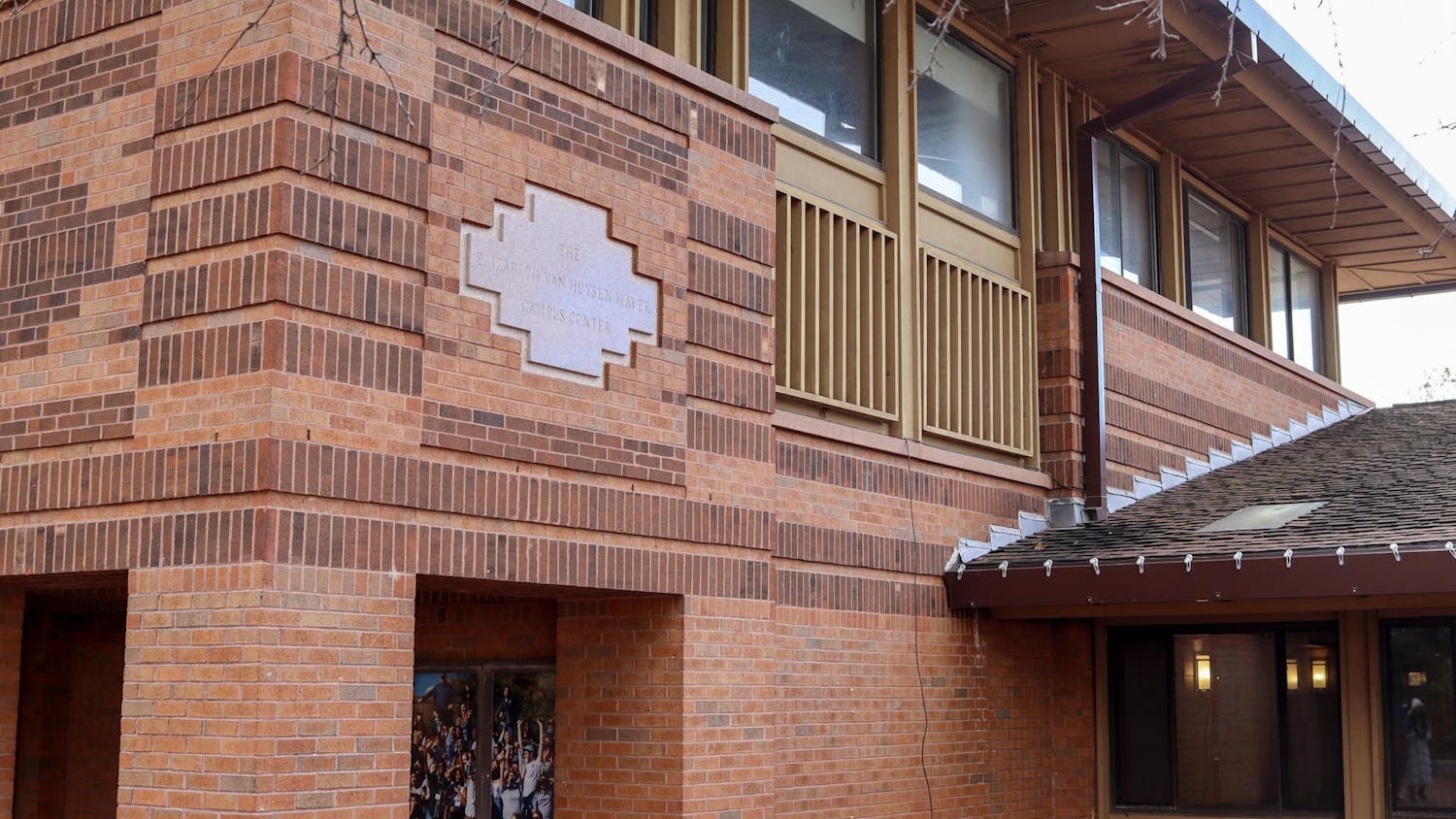Maybe I'm six years old, but the words "banana" and "gasser" make me giggle. Put them together, though, and that could be your job description! What exactly is a banana gasser? You may well ask. As the name implies, you flood bananas with gas — specifically ethylene — to control the ripening process.
Besides being delicious, and a good source of potassium, bananas are one of the most popular fruits in the world and a leader in the international fruit trade. However, bananas are rather sensitive beings. They're picky about their habitat, favoring tropical climates and warm temperatures. (Sounds like me, until I forgot where Tufts was located when I applied.) Growing bananas is labor intensive, not least because they're so sensitive to wind, birds and pests.
Bananas are harvested while they're still hard, green and generally not tasty. Actually, at this stage they're inedible, with really high starch content. They get transported on refrigerated ships before they even mature. They're picky about temperature even once they're picked, only staying fresh in a narrow window of a few degrees. (If you've ever smuggled a banana out of Dewick in your backpack and opened it up in the library later that day, you know how fast they can turn brown and get mushy).
When they reach their destination, bananas go into a special room for ripening before they hit supermarket shelves. In the ripening rooms, humidity, temperature and ventilation are carefully monitored and the bananas are exposed to ethylene gas. Allow me to geek out here for a moment: ethylene is a byproduct of respiration reactions, which continue to take place even after the banana has been harvested and is no longer growing. Although bananas don't produce that much ethylene themselves, if they're transported with apples or pears or other high ethylene producing fruit, they ripen that much faster.
As a banana gasser, your job is to move shipments of bananas into the hermetically sealed banana ripening rooms and spray ethylene into the air to catalyze ripening. In addition, you're responsible for a lot of banana quality control. There are scientific scales rating how ripe bananas are based on "finger" angles (how bananas are grouped in a bunch) and skin color. You measure the bananas with calipers, and you take the temperature of the bananas with a pulp thermometer.
The field of banana gassing has come a long way. Recent innovations in technology make it possible to use computer algorithms to determine the optimal ventilation parameters. You're in charge of determining how much gas should be applied to a batch and for how long. It's a huge responsibility — mess up, and entire shipments of bananas go to waste. That's why banana gassers get paid pretty decently (up to $80,000 annually in some cities according to Glassdoor.com), and employers seek banana gassers with a minimum of 3-5 years of experience.
One major drawback of the job, though, is the title. Both "banana" and "gasser" just sound absurd, so you know someone in Human Resources has a sense of humor. Also, you spend most of your time in the cooler and the dock, which are significantly colder than most humans (and bananas) can tolerate on a daily basis.
If you want to keep a straight face during introductions at cocktail parties, you could forgo the "banana gasser" spiel and opt for the more serious position, "citrus dyer." Sometimes the oranges you buy at the supermarket didn't start out that orange. There's a whole career path for people who inject artificial coloring into lemons, limes and grapefruits (which is slightly disconcerting no matter how you slice it). By becoming a tropical fruit specialist, you'd get to travel the world — and at the very least, you'd know exactly what went into your food.
--
Alyson Yee is a senior majoring in biology and French. She can be reached at Alyson.Yee@tufts.edu.





